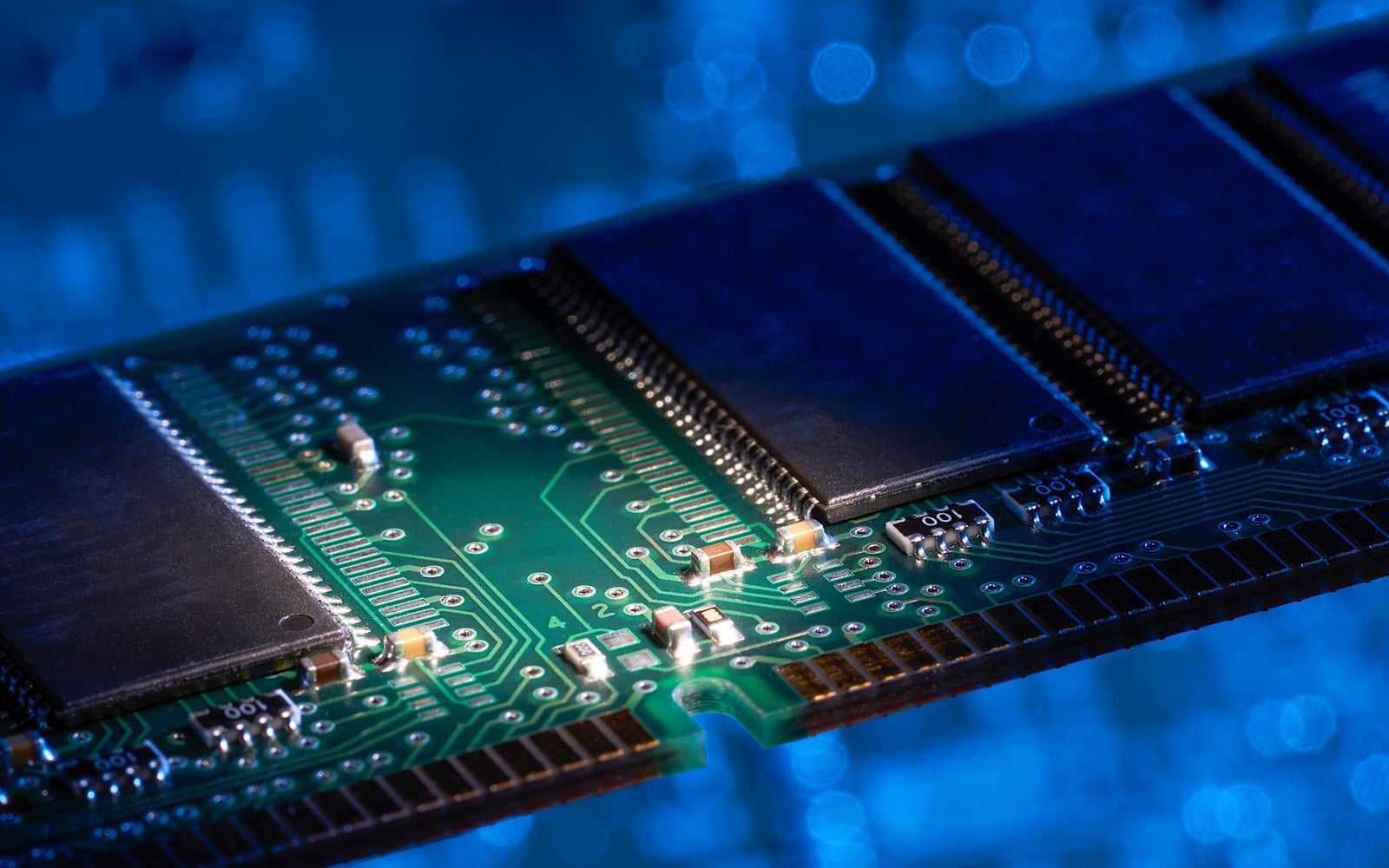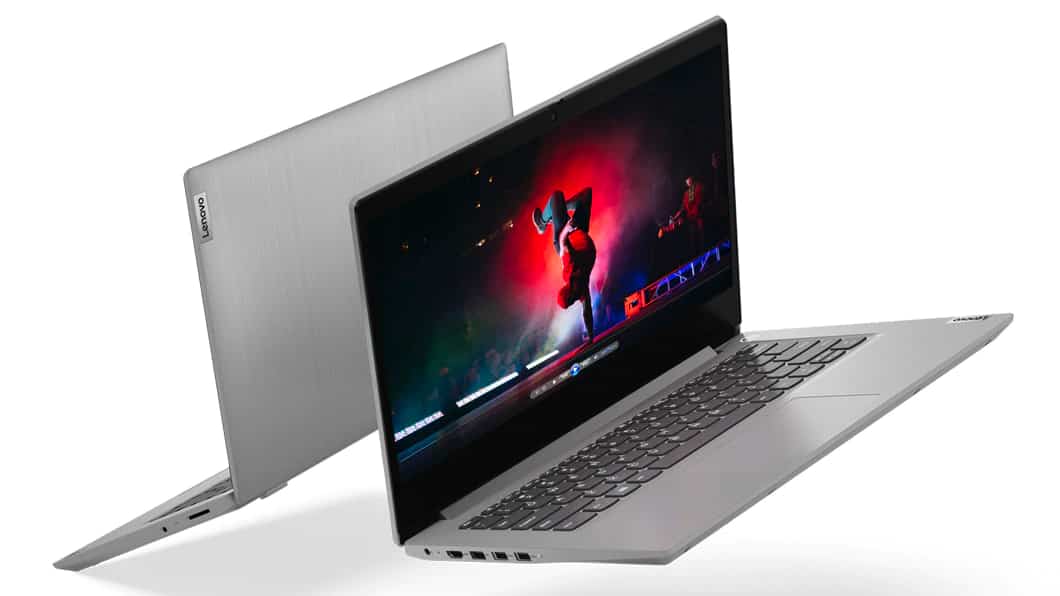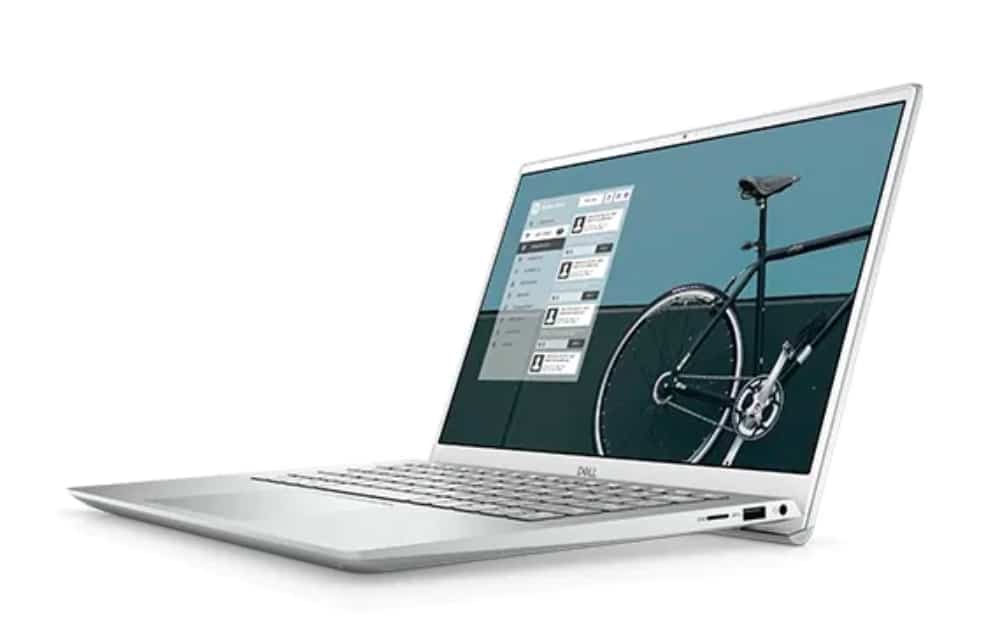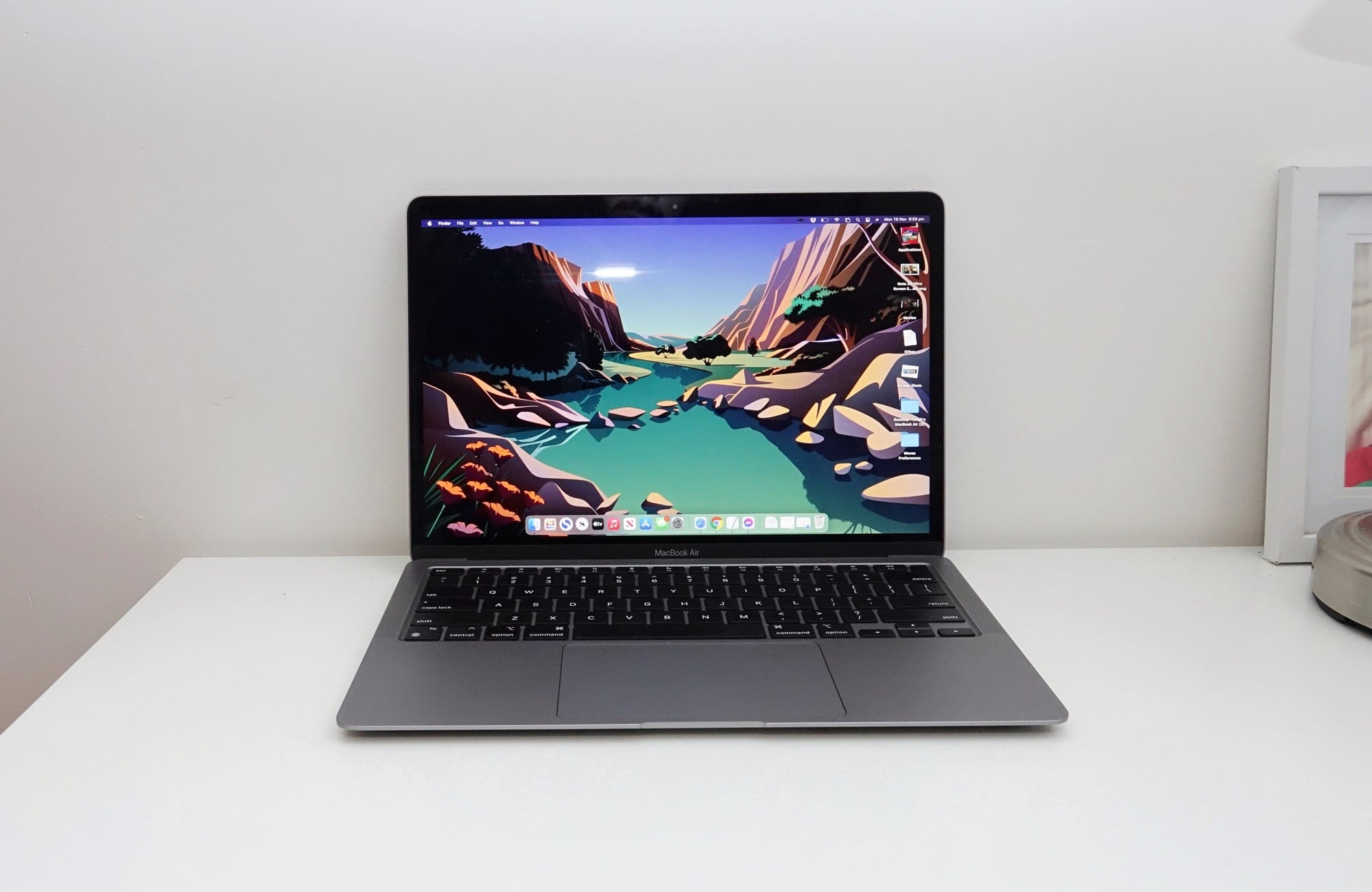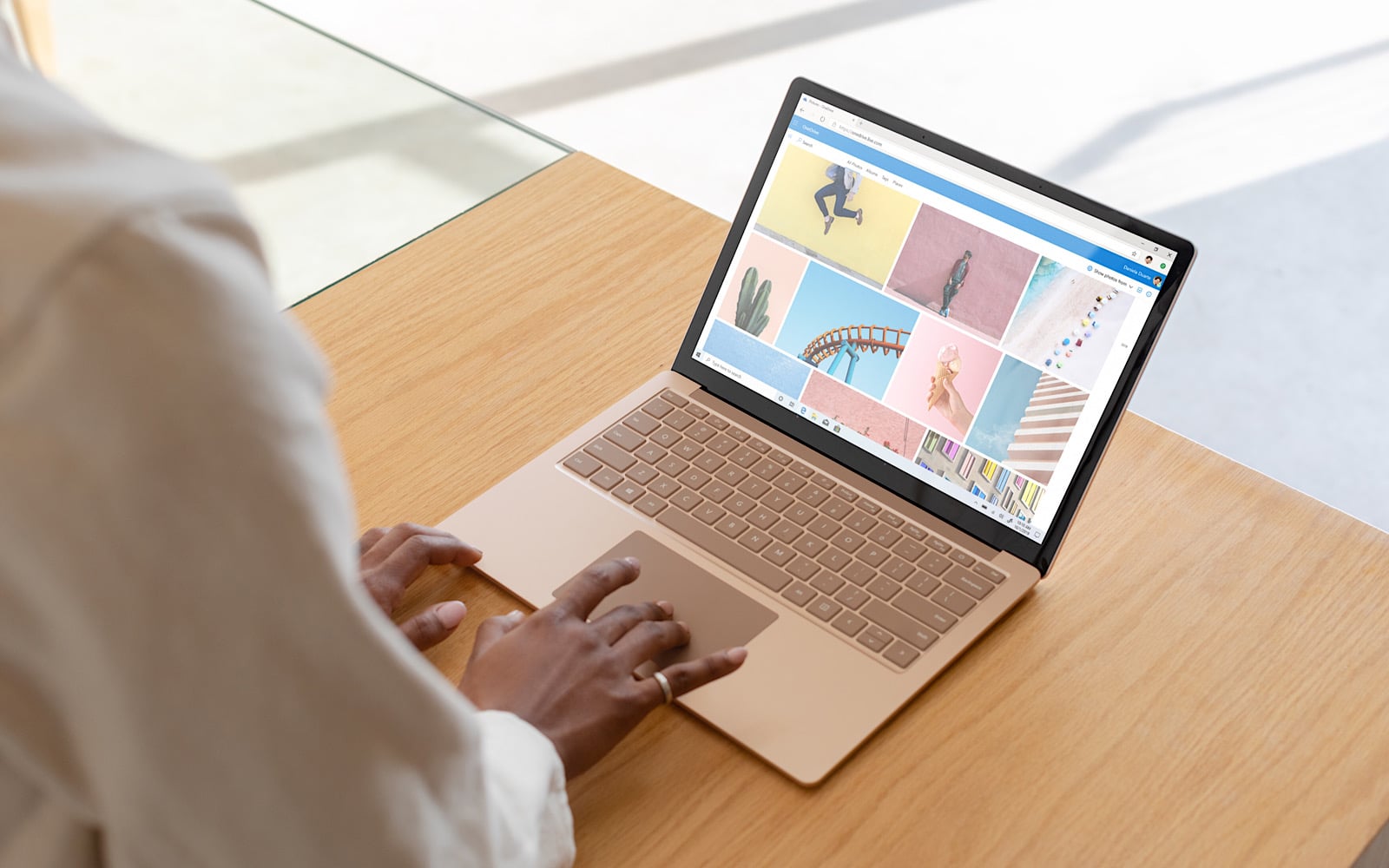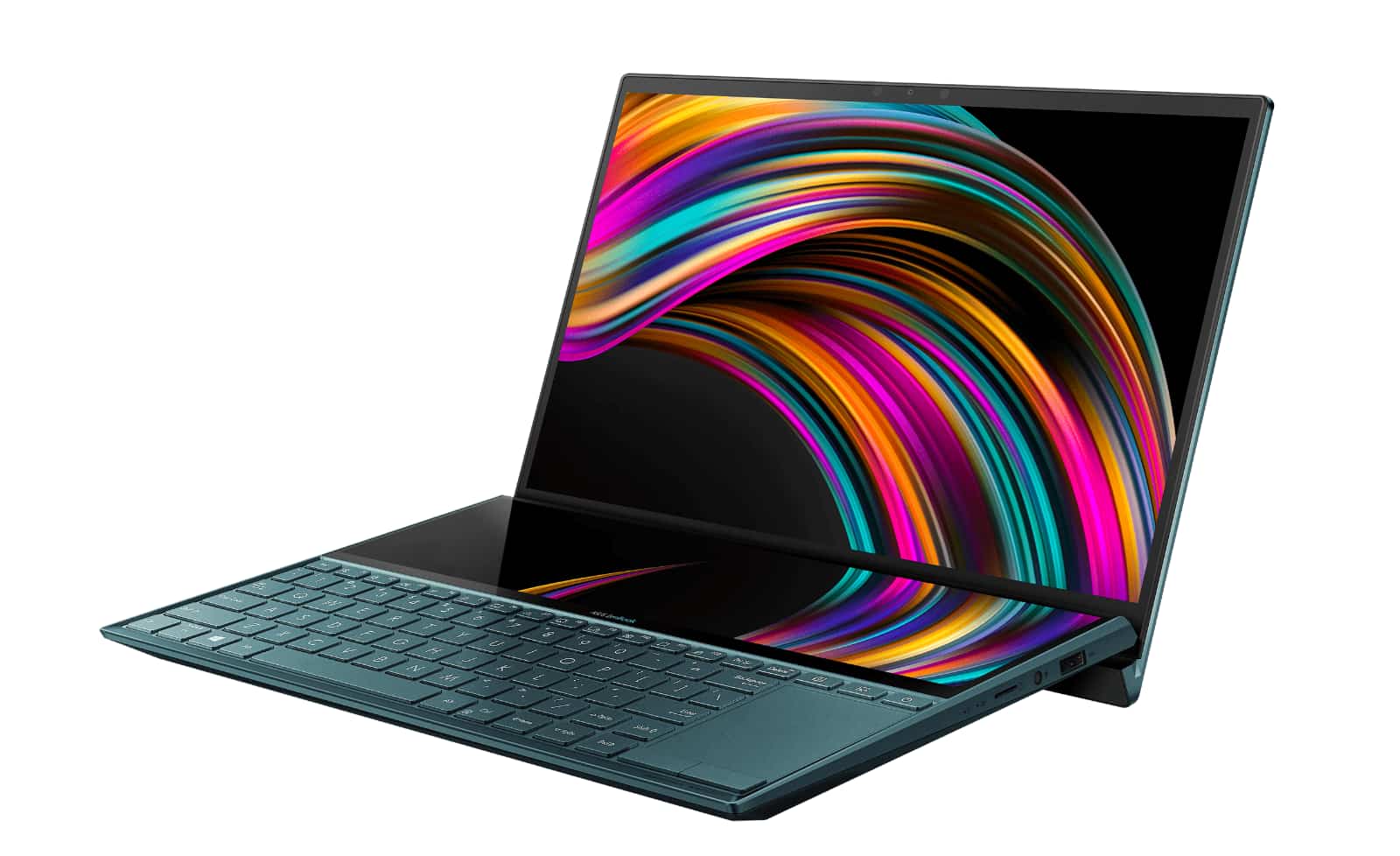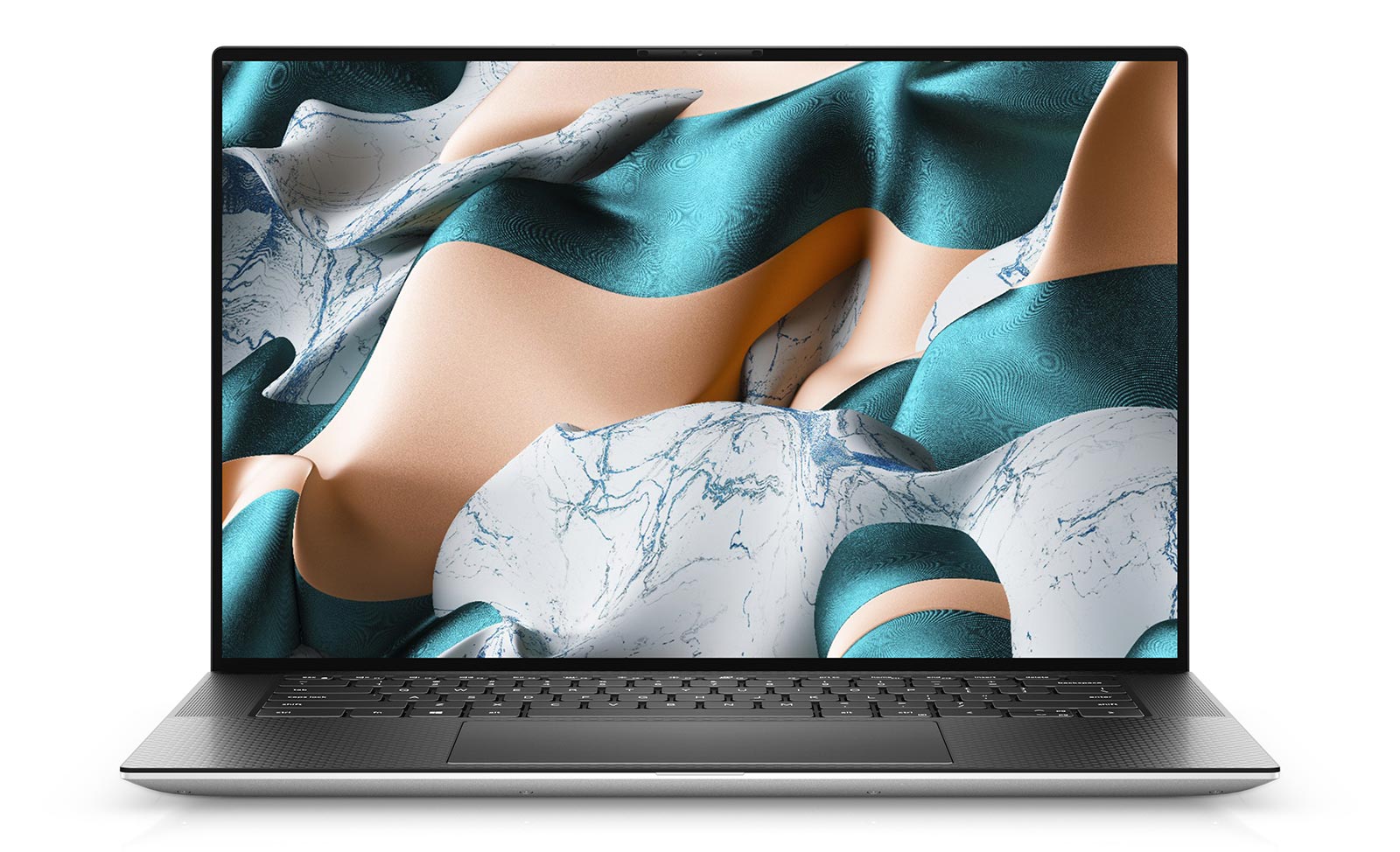The 2021 school year is here, and with it, laptop buying season for students. What do you get for a high schooler needing a computer in this day and age?
It’s the start of a new year, and back to school season is upon us. Time to bundle up those backpacks and get cracking in a new school year, thinking about what sort of computer a student will need not just for the next year, but also with a few years in mind.
A computer is typically not an inexpensive purchase, and when you start to think about the need for a laptop in high school — when those minds are firming the ideas about what they want to do when they leave, be it at university or just in general — it can make the selection and subsequent purchase of a computer just that much more complex.
For instance, if they want to be a creative, such as a designer or a filmmaker, there’s a good chance they want something that’s going to play nicely with the equipment they might need in those jobs. They might already have an iPad or a camera, and so getting something to work with the software needed for those jobs is important. Sure, they might not be in those jobs yet, but having them begin to build a portfolio for their respective classes can happen, and that’s where a good computer can make all the difference.
The same is true if they plan on being a developer. While the word “developer” encompasses many fields these days, if they want to be a game developer, for instance, there’s a good chance they’re going to want a graphics chip in their computer, and that can change things, too.
And even if a student’s needs aren’t special, buying a laptop in high school can be a mixture of terms that bewilder and confuse, because that’s typically what marketing jargon does to anything, though with computers, especially so.
It means buying a laptop for someone in high school can be a minefield, and starts with understanding some principles that are important, because it could just save you money over the long term.
A laptop for several years, not just one
One of the most important of these is that when you buy a laptop in high school, you’re typically buying one that lasts a few years, versus one that lasts a year or two.
Much like when buying a computer for K through 6, if your child is just starting out in high school in seventh grade, their needs will be a little less strenuous up until they’re in 10th grade, which is about when their ideas about what they want to do and work on start to seriously firm up. However in year 10 onwards, those ideas may mean a computer choice is a little more complex, because a student will likely have an idea about what they want to do, and that can affect computer choice.
It means that if you’re buying a computer for someone in seventh or eighth grade, expect that to last a few years, before needing a replacement in years 10 and 11, depending on what the student might do. If you’re buying for someone in the properly high school years, in 10, 11, and 12, you’re buying something that might focus more on what they want to do, which itself provide a laptop of a few years, too.
Laptop purchases are rarely single year gadgets, but if you know this going in, you can make a better purchase, and optimise your spend better.
A laptop for more than mere productivity
Understanding how much you spend also comes from what the laptop will be used for, which in high school will change as the student grows.
In the first few years of high school, in grades seven through to nine, students are likely to be with similar computer needs as they were in primary school. Sure, the lessons and resources have changed, and they’re gradually becoming more mature, but with a few years to go until they graduate, we’re not working on portfolios or projects the way we might near the end of their term in school altogether.
But as we approach the end, as year 10, 11, and 12 kick in, we’re in the final stretch, and students will begin asking themselves what they want to do, and really holding themselves to it. They’ll start thinking about whether they can jump into that trade when they leave, or whether they’ll need to study up and go for university, earning the marks that let them in so they can take on those next few years of their life with gusto.
In the beginning of high school, laptops can be about productivity plain and simple, which makes the choice a little easier. In the final three years, however, student laptops are often focused on more than mere productivity, and will largely depend on what your child wants to do.
If you’re buying for someone in the early phases of high school, you don’t really need to ask them what they want — the scope will likely be bigger than Ben-Hur — though it might help to get a picture of what they’re thinking, at least realistically, and to set them with some of the price expectations you’re going to have.
However, if you’re buying for someone in that last phase of high school, sitting them down and talking through what they want to do will give you an understanding how you should spend your money, and what type of laptop you’ll want to buy them.
Talk to your school about their BYOD guidelines
Talking to your child and student isn’t the only talking you’ll want to do, either. You should also talk to the school, because every school is different, and every school has different needs.
These needs are actually guidelines educational departments work on as part of a “BYOD” program, or a “Bring Your Own Device” initiative. You see, Australian schools no longer supply laptops to kids anymore, as that concept has been gone for a while now, and so you need to actually talk to school tech departments or check computer lists to find out what’s recommended, and then plan accordingly from that.
Typically, there’s a list of things they’ll expect to find, and it often centres around Windows and Mac computers, because that’s where the apps are that schools will be using, but every school can be different, so make sure to check. They might not give you exact computers to consider, but they will give you an idea of the sort of computers that will help a student work that year, and possibly subsequent ones.
Know what the specs mean
Once you have an idea of what you want, it’s time to get stuck into specs and spend, because they matter. It might all read as jargon to you, but we’re here to help deal with that, and frankly, there are really only three factors that will matter to most high school students: screen, memory, and storage.
When it comes to the screen, we’d typically suggest a size between 12 and 15 inches, with 12 and 13 being more normal, while 15 inches possibly allowing for a little more screen to look at amidst a different price (15 inch computers are often less expensive than their 13 inch counterparts).
Small computers in the 12 and 13 inch sizes are standard these days, and that’s only what the MacBook Air comes in, so if you’ve seen one of those, you know what a 13 inch computer looks like. We find 13 inch computers easy to carry around, but a 15 inch will feel bigger, and may weigh upon someone’s back even more so. We’d caution against anything bigger than 15 inches, with 16 inches really being the maximum. Larger laptops won’t likely fit on a school desk, and may hurt the back when they’re being carried all day.
Next up is storage, which is the one everyone kind of understands. It’s the choice when you buy an iPhone — any phone, for that matter — and on all devices, storage determines how much space you have for files, photos, etc. The more you have, the better, and in the world of laptops, if you have less, you’ll need to back files up off the drive and find a way to clear space.
Storage comes in two forms on laptops, with both hard drives and solid-state drives, the first being less expensive and bigger, the latter being a little more expensive and faster. We’ll typically suggest you opt for a computer with a solid-state drive, and you’ll see it with the terms “SSD” or “NVMe” in the specs. While unable to be upgraded, a solid-state drive is faster long term, and tends to result in a lighter laptop overall. We’d look at a minimum of 256GB of storage for any high school student.
Finally, there’s memory, also known as “RAM”. Memory isn’t storage, though people often get it confused. Memory is what can help determine how much stays open comfortably, such as how many browser tabs, how many apps, and so on. It’s important to keep this at a minimum of 8GB for high school students, and you might want to see it closer to 16GB if they’re serious about creating things such as videos or big designs later in life.
Can you buy an iPad for school?
Some parents may be curious about whether an iPad will be suitable for school, because they are capable, light, and backpack friendly. While it’s true that an iPad can be used for work and productivity, especially when paired with a keyboard or keyboard case, you’ll want to check with the school first, and find out whether an iPad fits in with the school’s BYOD policy.
An iPad is more versatile than ever these days, and while it was initially pitched as a content consumption device, it’s basically a small laptop built into a tablet.
However the iPad also runs a totally different operating system from wither Windows or Mac, and is more like what runs on an iPhone. In fact, it’s exactly what runs on an iPhone, except named for the iPad: iPadOS.
It means that while an iPad is sure capable, it may not run the apps a student needs for the school year. If you’re thinking of using an iPad for a student in high school, much like we’ve suggested in our 2021 Primary School Laptop Guide, we’re suggesting to talk to the school first. That’s the best indicator of whether an iPad will help your child and high schooler, rather than simply assuming she’ll be right.
Laptops for teenagers in high school in 2021
With those tips, you’re ready to start looking at the assortment of laptops available in 2021 for the school year.
There are loads, and that should be hardly surprising. Australia has many a computer brand out, and while we can’t list every computer in the world, or even every computer available in Australia, we’ve gone through a few to help make it easier.
We’re running this list by price, because that should help you work it out, and will tally up the specs along with the intended use, because every student is different, and if you have an idea of what the student intends to do, it can help you buy that machine, too.
Lenovo IdeaPad Slim 3i
Price: $769
An entry level machine that’s spec’d well enough to matter, Lenovo’s 14 inch IdeaPad doesn’t come with hefty specs, but it might be enough for students beginning school.
There’s a 14 inch screen, 256GB storage, and 8GB RAM, plus a discrete graphics card for a little bit of flexibility, even if the Intel Core i3 is a touch entry level for system performance.
Lenovo’s biggest issue with the IdeaPad 14 won’t be the 14 inch screen, but rather the screen type, which may have poor viewing angles beyond sitting in the front of it due to the type of tech it has, a TN panel. They’re known for less than fantastic viewing angles, so just keep your sitting position dead on.
HP Pavilion 13
Price: $1299
A little more spec’d up, HP’s Pavilion isn’t likely to be a sexy computer, but it does come packing the value, offering 8GB RAM and as much as 512GB storage in a friendly 13 inch size.
The chip is recent, the battery life should be capable, and it shouldn’t be overly heavy either, delivering plenty of storage for not too much at all.
Dell Inspiron 14 5000
Price: $1399
A little under the 15 inch size, Dell’s 14 inch Inspiron seems like it
It offers a very recent Intel Core i5 11th gen chip, plus a solid amount of storage at 512GB (no complaining there), alongside 8GB RAM, and a 14 inch Full HD screen. At 14 inches, it’s a decent size without being too heavy, though it’s more built for long-term productivity than anything else.
Dell’s Inspiron range has long been known for accommodating productivity and value, which is largely what this one does, and while it won’t win points on big performance, if your student is looking for something that fills the gap for the next few years, the Dell Inspiron 14 5000 could well be it.
Apple MacBook Air M1 13 inch
Price: $1499
Our pick for computer of the year in 2020, the reinvention of the MacBook Air is not only a winner in terms of how Apple has remade it, but also how well it works.
Offering up to 12 hours of battery life in our testing and a performance that bests some of the Intel options, it’s a laptop that can clearly make a dent, and do so in one of the sleekest and lightest packages.
Microsoft Surface Laptop 3 13.5 inch
Price: $1999
Light and versatile, the Surface Laptop 3 is like a notebook version of Microsoft’s tablet, the Surface Pro, only it comes with the keyboard built in. That’s an optional (yet almost entirely necessary) purchase for Microsoft’s Surface Pro, but in the Laptop, you get it included.
As far as computers go, the Surface Laptop 3 is made for everyday computing, but kind of sits at the top end for that, offering a stylish take on that category with a nice touchscreen, too.
Lenovo Legion 5 15 inch
Price: $2199
If you’re buying for someone who intends to get some game development under their belt, you might want to take a gander at Lenovo’s 5 series, which arrives with and AMD Ryzen chip and a GeForce graphics chip.
From a spec points of view, this is a sizeable 15 inch computer with 16GB RAM and 512GB storage, and while it’s focused on gaming, it also means game development and other fun ways to work, too.
Asus ZenBook Duo UX481 14 inch
Price: $2499
Not too big, but still bringing that extra oomph, the ZenBook Duo UX481 is built with an extra screen and a different mouse design, which is essentially focused on gamers, and yet can be for anyone who needs a little more real estate.
It’s certainly armed with the specs, offering 16GB RAM and 512GB storage — plenty for anyone at high school — and the extra screen might make the student a little more efficient, and certainly stand out.
Dell XPS 15
Price: $2999
A beast of a 15 inch machine made for Windows, the Dell XPS 15 includes an Intel processor, 512GB storage, 16GB RAM, and typically an GeForce chip.
Ideal for people in need of a power hungry system with Windows, it’s one of Dell’s best and brightest, and should last a few years.
Apple MacBook Pro 16 inch
Price: $3799
One of the best Macs you can find, even if it’ll likely get an upgrade later in the year, the MBP 16 is built for 3D workers, game developers, and people handling some hardcore stuff.
It can get a mighty bit warm, and the battery might be easy to knock, but it’s built for pretty much anything, with 512GB storage, 16GB RAM, a Radeon graphics chip, and a six-core processor minimum. It’s a beast, yet thin.





